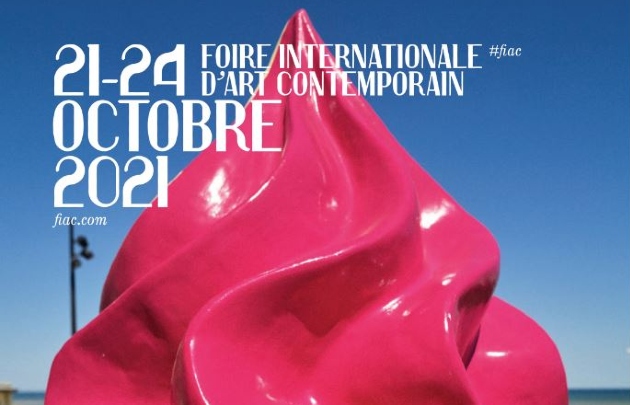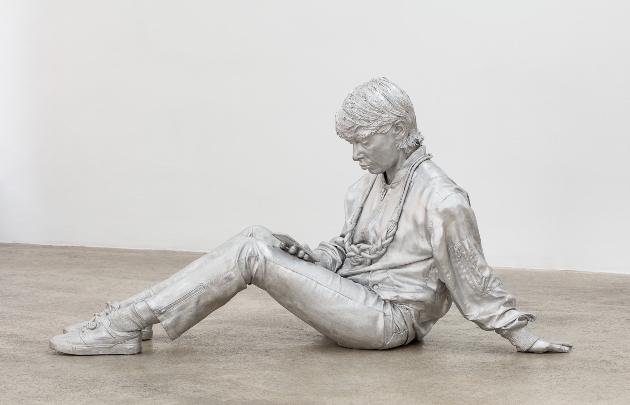Remarkable Rubens and Bronzino Paintings Lead Masters Week to $100M Sales
The Old Masters are at it again: Sotheby’s annual Masters Week auctions again surpassed $100 million in total sales. The highlight of the week was the expertly assembled Fisch Davidson Collection, one of the most important collections of Baroque art to ever appear at auction. All ten lots sold in this $49.6 million white-glove event, led by Salome Presented with the Head of Saint John the Baptist (1609) by Sir Peter Paul Rubens. Part of the Spanish Royal Collection from 1666 to 1700, the shocking and masterful painting – made by a then-unknown artist just returned from Italy – sold for $26.9 million, establishing the third-highest price for the artist.
“Today’s white-glove result for the Fisch Davidson collection was a tribute both to the drama and splendor of these Baroque masterpieces, and to the combination of passion and meticulous dedication with which the collection was put together over the decades,” says George Wachter, Sotheby’s Chairman and Co-Worldwide Head of Old Master Paintings. “I always believed these works would inspire the next generation of Old Master collectors all over the world, and indeed they did.”
Bidding Battle for Bronzino’s “Portrait of a Young Man with a Quill and a Sheet of Paper”

Remarkable Rubens and Bronzino Paintings Lead Masters Week to $100M Sales
Thursday’s Master Paintings auction was led by a riveting portrait by Bronzino (Agnolo di Cosimo) that possibly depicts the artist himself. Its sale for $10.7 million – doubling its high estimate and setting a world record for the artist – marks a resolution for the painting’s remarkable and tragic journey. Painted circa 1527, the portrait is one of Bronzino’s earliest and was once owned by Sir William Temple, a prominent diplomat, politician and essayist. Over the years it was incorrectly attributed to a number of different artists and passed through multiple owners, eventually entering the collection of Ilse Hesselberger, heir to a German sewing-machine company fortune, and Franz Hesselberger, a businessman from Munich.
In 1938 Nazis forced Ilse Hesselberger to sell her property, including the Bronzino portrait, to finance the construction of a transit camp and three years later she was murdered in the Kaunas Concentration Camp. The Nazi architect Gerdy Troost possessed the work – falsely attributed to Jacopino del Conte – for some time before it was recovered by the Allied Monuments Men after the war and displayed in a German office block. At last, only last year was the Bronzino portrait restituted to Ilse Hesselberger’s heirs, then sold by the estate to benefit a number of charities in New York.

“It was a privilege to witness the record-breaking sale of this extraordinary work at Sotheby’s today, knowing that the proceeds will benefit Selfhelp Community Services and The Lighthouse Guild,” says Raymond V.J. Schrag, President of Selfhelp Community Services. “This work now enters a new chapter of its life, and we are so pleased that through today’s sale Ilse Hesselberger’s name has rightfully been written back into its fascinating and long history.”
Especially strong results were seen by Dutch Masterpieces from the Theiline Scheumann Collection, totaling $8.1 million, while throughout the week, auction records were set for Bronzino, Master of the Spinola Annunciation ($2.4 million), Lieve Pietersz Vershuier ($1.1 million), Master H.B. with the Griffin Head ($441,000), Christian Ezdorf ($264,400, breaking the record set by the same work in 2020) and Isaak van Ruisdael ($176,400). More than a third of the works offered had been off the market for over 30 years, and participation was global across 18 different countries. Institutions made a number of acquisitions – including Bernardo Cavallino’s Saint Bartholomew ($3.9 million) by the National Gallery of London; Anna Dorothea Therbusch’s portrait of a scientist seated at a desk by candlelight by The Cleveland Museum of Art ($441,000); and a moving painting of a young man asleep before an open book by an artist active in the circle of Rembrandt van Rijn acquired by the Stockholm Nationalmuseum ($945,000) – that will see these magnificent works return to public view.








































